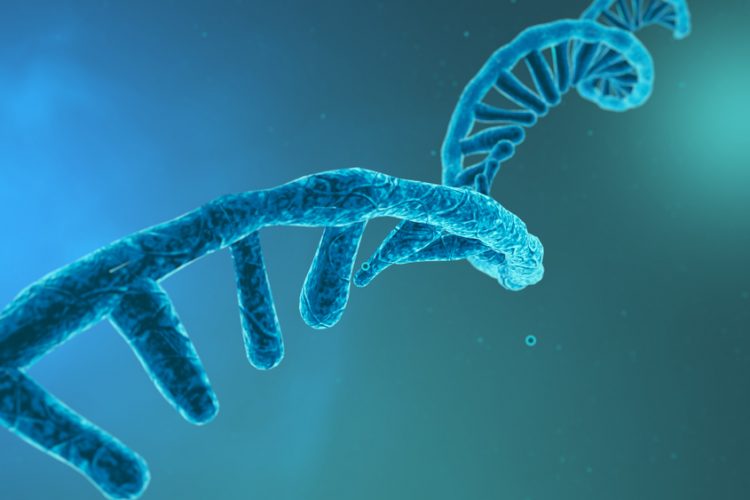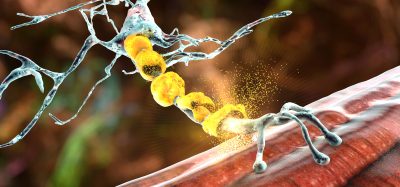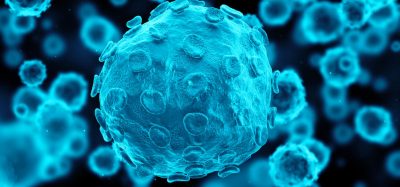Three RNA-expression states may reveal cancer drug susceptibility
Posted: 10 December 2021 | Anna Begley (Drug Target Review) | No comments yet
Scientists identified three prototypical RNA-expression states and revealed differences in their susceptibility to a variety of cancer drugs.

In a new study of pancreatic cancer cells from the Massachusetts Institute of Technology (MIT), US, researchers identified three prototypical RNA-expression states and uncovered differences in their susceptibility to a variety of cancer drugs. They also discovered that altering the tumour microenvironment can drive tumour cells from one state to another, potentially offering a way to make them more susceptible to a particular drug.
NEWS: UTX gene mutation “robs” individuals of natural cancer protection
In the study, published in BioRxiv, the researchers analysed cells from pancreatic ductal adenocarcinoma (PDAC). Using single-cell RNA-sequencing, the researchers analysed about 25 metastatic tumour samples from pancreatic cancer patients.
The researchers found that the environment in which cancer cells are grown plays a key role in determining their state. They grew matched organoids and compared each in vivo single-cell profile to the matched ex vivo organoid model. They found that the organoids often exist in a different RNA state than cancer cells examined directly from the same patient. “We see the same DNA mutations in the original tumour and its model, but when we start to examine what they look like at the RNA level, we find that they are very, very different,” explained senior author and associate professor Alex Shalek.
According to the team, this suggests that the state of a tumour can be influenced by the conditions in which it’s grown rather than its genetics alone, he says. They also found that they could drive cancer cells, even long-established cell line models, to switch between different states by changing their growth conditions. For instance, treating cells with TGF-beta drives them to a more aggressive, basal-like state, while taking TGF-beta away leads the cells to revert to the classical state in a dish.
Cells in each of those states depend on different cell-signalling pathways to survive, so knowing the cell state is critical to selecting the right kind of drug to treat a particular tumour, the researchers said. “When we started looking at drug sensitivity, it became very clear that the same model pushed into a different state would respond very differently to a drug,” added lead author Andrew Navia. “These state-specific sensitivities become critical as we think about selecting drugs and avoiding resistance.
“If you do not know the right state, you could pick the entirely wrong compound and try to target the wrong pathways. If you do not consider plasticity, the cancer may only respond temporarily until its cells change state,” Navia continued.
NEWS: Prostate cancer organoids pave way towards precision oncology
According to the researchers, the findings suggest that further analysing the interplay of genetics, cell state, and the tumour microenvironment could help researchers to develop new drugs that would effectively target individual patients’ tumours.
The discovery that cancer cells can be driven from one state to another by modifying the signals in their microenvironment also raises the possibility of locking cancer cells into a particular state in a predictable way by therapeutically altering the tumour microenvironment, and then giving a separate drug to target that locked state and enhance treatment efficacy.
Related topics
DNA, Drug Targets, Genetic Analysis, Genomics, In Vivo, Oncology, Organoids, RNAs, Small Molecules
Related conditions
Cancer, Pancreatic ductal adenocarcinoma (PDAC)
Related organisations
Massachusetts Institute of Technology (MIT)
Related people
Andrew Navia, Dr Alex Shalek







